Between Christmas and New Year, South Australia got another glimpse of its 100% renewably powered future, when solar and wind generation made up 99.6% of electricity in the grid on December 27, as tracked by OpenNEM.
Although much of the affected population was in Christmas recovery at the time, PV technology consultant Pierre Verlinden, a former VP and Chief Scientist at Trina Solar in China, but now based back in South Australia’s McLaren Vale, posted the moment on LinkedIn and began answering questions from the worldwide clean-energy-interested community.
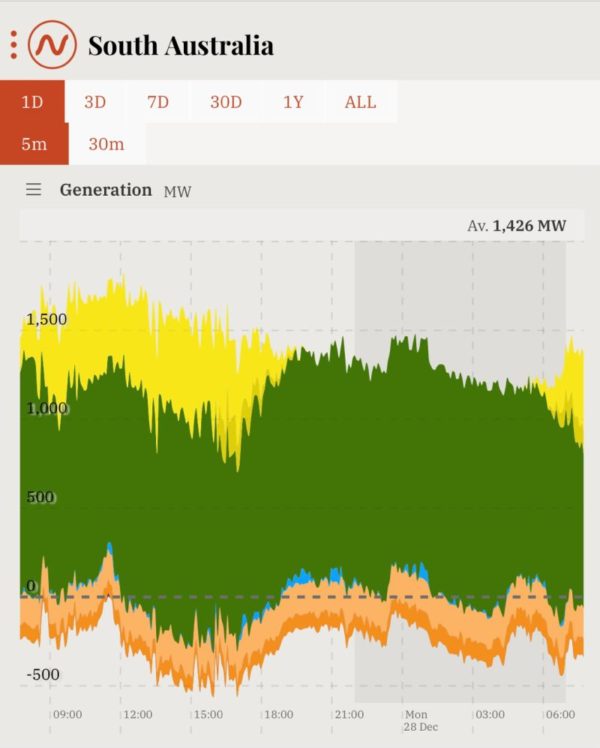
Image: OpenNEM
He noted that South Australia has seen a steady increase in the penetration of renewables over the past 13 years, with an absolute increase of 4.5% per annum, leading to an average contribution of renewable generation over 2020 of 59%.
Therefore, he extrapolated, “I would expect 63.5% in 2021 and 100% by 2030.”
AEMO’s South Australian Electricity Report for the financial year 2019/2020, released in November, attributed 42.9% of the 59.6% renewable penetration in South Australia to wind generation, and 15.7% to solar generation (11.6% rooftop).
The keys to the renewable castle
As Verlinden says, “The keys to 100% renewables is a good combination of diversity of sources, storage and interconnection of the network.”
So although the renewable contribution in the state so far is stellar by world standards — and for an hour on October 11 solar generation actually supplied 100% of South Australia’s electricity — diversification of renewable sources and stronger interconnection with the rest of the National Electricity Market are necessary further developments on the road to continuous 100% generation.
“The good characteristics of South Australia are that there is very good decoupling of wind and solar PV,” wrote Verlinden on LinkedIn, who contrasted the resources with those of California, “where wind energy is very much synchronous with solar”.
Nonetheless, rampaging solar generation, which the South Australian Electricity Report documented as increasing by 35% from the financial year 2018/19, has caused daytime meltdowns when supply outstrips demand, such that the state government saw it necessary to rush in regulations to allow centralised disconnection of rooftop supply to support grid stability.
Ultimately, the flexible autonomous control by inverters of rooftop-solar exports to the grid will allow a more balanced supply-demand scenario, and an ARENA-funded trial is currently underway — involving SA Power Networks, SwitchDin smart software solutions and Fronius, SMA and SolarEdge inverter manufacturers — to test and and hopefully scale such a system, which would enable continued connection of rooftop solar systems sized to suit the householder, not the limitations of the network.
What’s in store!
Verlinden also refers to the stabilising influence of batteries: notably South Australia’s 150 MW Hornsdale Power Reserve, which since its first 100 MW stage was connected to the grid in 2017, has responded to major system outages and helped the network surf variability in renewable supply.
Residential and commercial batteries, especially when linked to smart energy-flow controllers capable of responding to grid signals, will also help smooth network supply and demand.
“Currently,” notes Verlinden, “the state is using a minimum of 200 MW of continuous gas-powered source to maintain the grid voltage, and a back of ~1,500 MW of gas-powered generators.”
When you factor in exports
Interestingly, South Australia’s existing connection to the long arm of the NEM has facilitated exports to other states equal to 2.8% of generation, so the state actually generated renewable energy equal to 61.3% of its consumption.
On the subject of interconnection, 2020 saw Project EnergyConnect, a long-planned 875-kilometre transmission line between South Australia and New South Wales, clear another regulatory hurdle in the required several-year process to delivery.
Should the $2.5 billion project go ahead, and not be overtaken by a conga line of batteries delivering virtual transmission, or pipelines of renewable hydrogen — it is taking so long that such eventualities are not totally in the realm of the ridiculous — it will enable still greater resilience to South Australia’s variable renewable generation allowing supply and demand to be distributed across different geographic regions, and a wider range of renewable generation and storage projects including Snowy 2.0.
At the start of this new year, South Australia, says Verlinden, still has a “very weak” interconnection with other states and no renewable-energy sources besides prodigious wind and growing solar (that’s discounting a 3 MW dribble of hydroelectric capacity provided by SA Water’s Terminal Storage Mini Hydro system at Tea Tree Gully).
In short, he writes, “the transformation of the energy economy is far from finished”.
This content is protected by copyright and may not be reused. If you want to cooperate with us and would like to reuse some of our content, please contact: editors@pv-magazine.com.
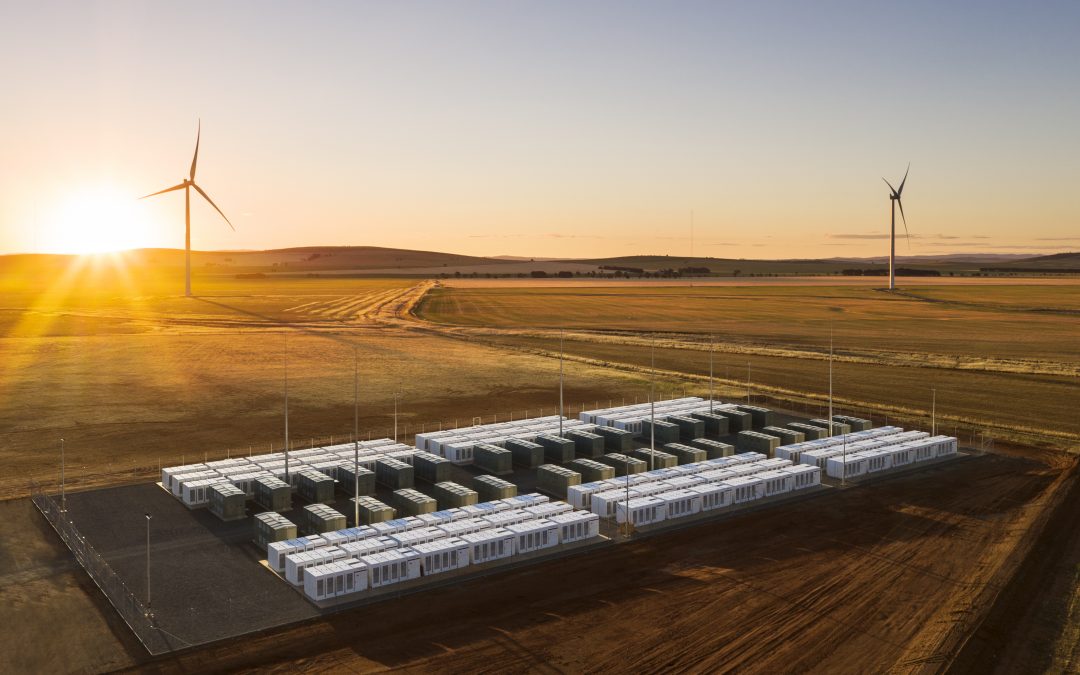
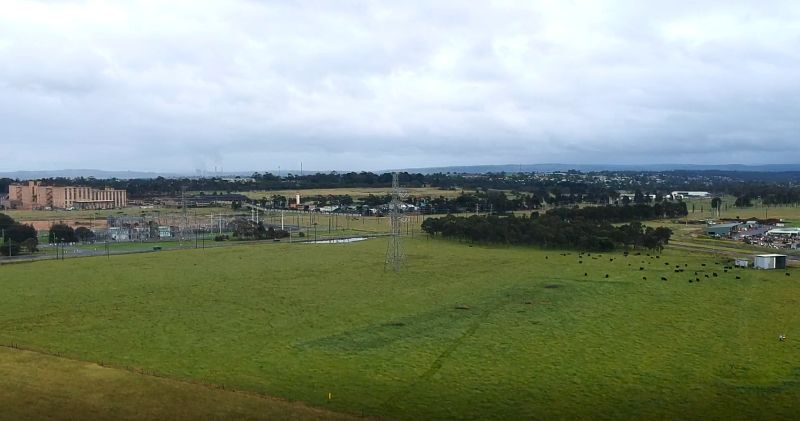


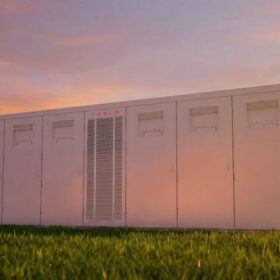
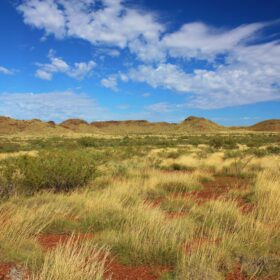
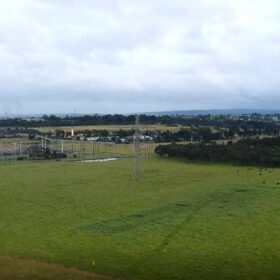
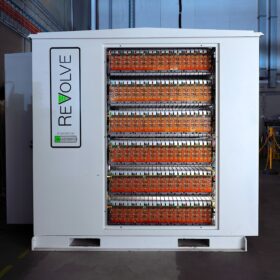
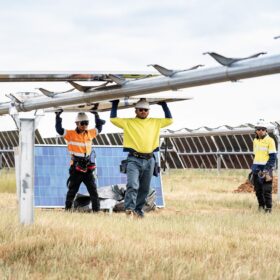
The Conga line of smart controls of hot water heating and water pumping as well as other forms of flexible demand combined with batteries is almost certainly cheaper and more reliable than Energy Connect.
SA is far better off to invest in local resources than an expensive transmission line.
Great day for renewable energy, let us get to the bottom of it . What happens when cloud cover or wind dies down suddenly? Will the system with 200MWac of gas powered generators and the BESS enough to maintain grid voltage before any new supply is supplied by AEMO. An analysis is required to show how the balance is made without any renewable energy during peak periods to ensure sufficient capacity of fossil fuel energy generation & storage is available.